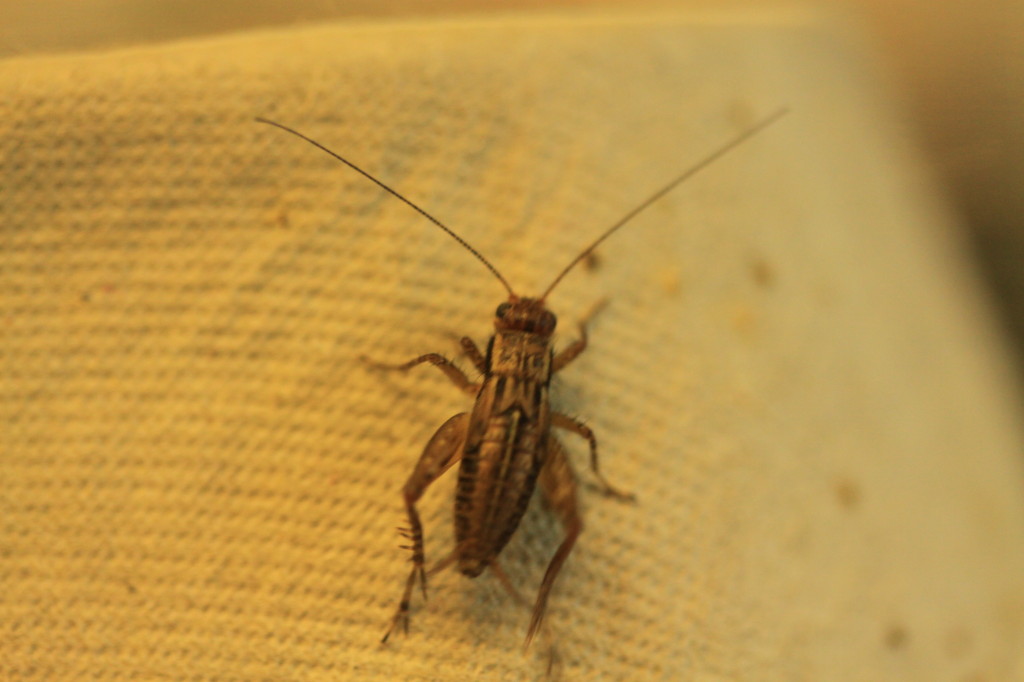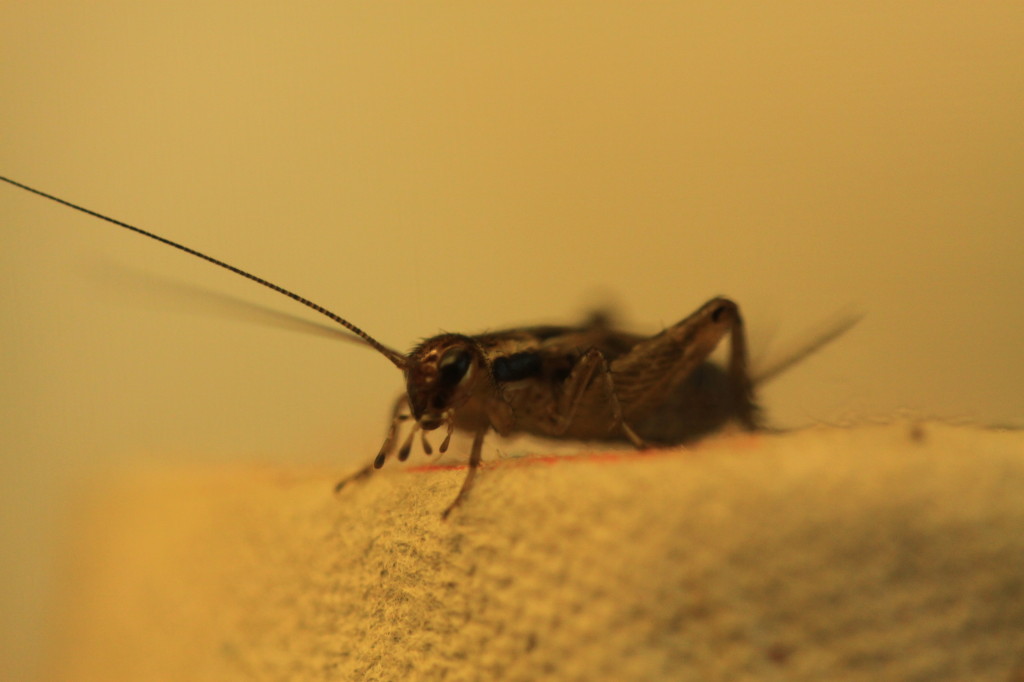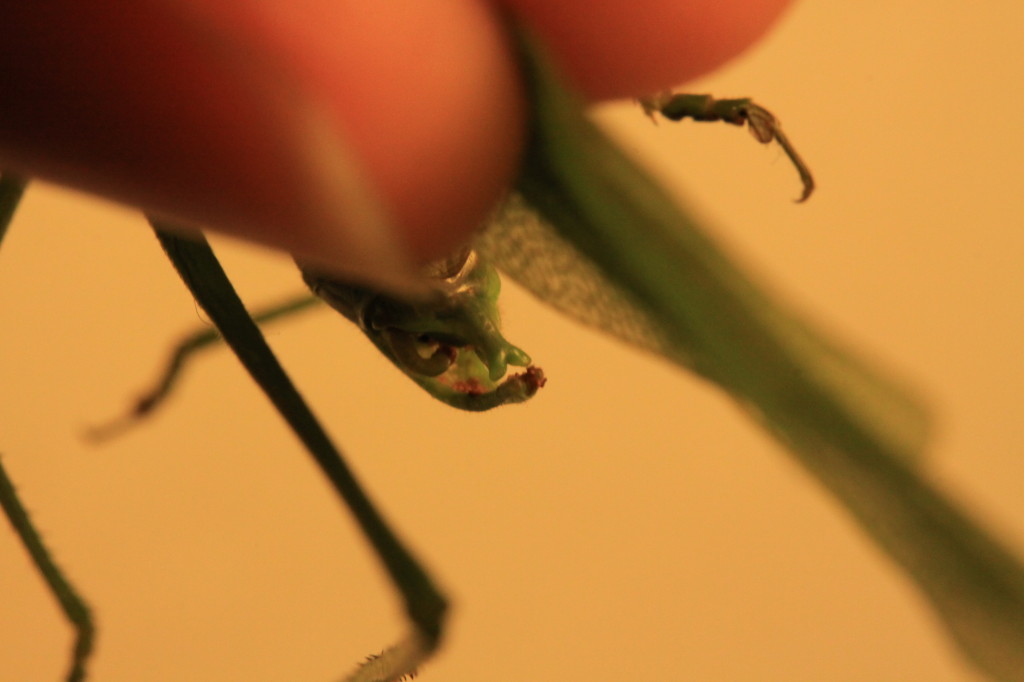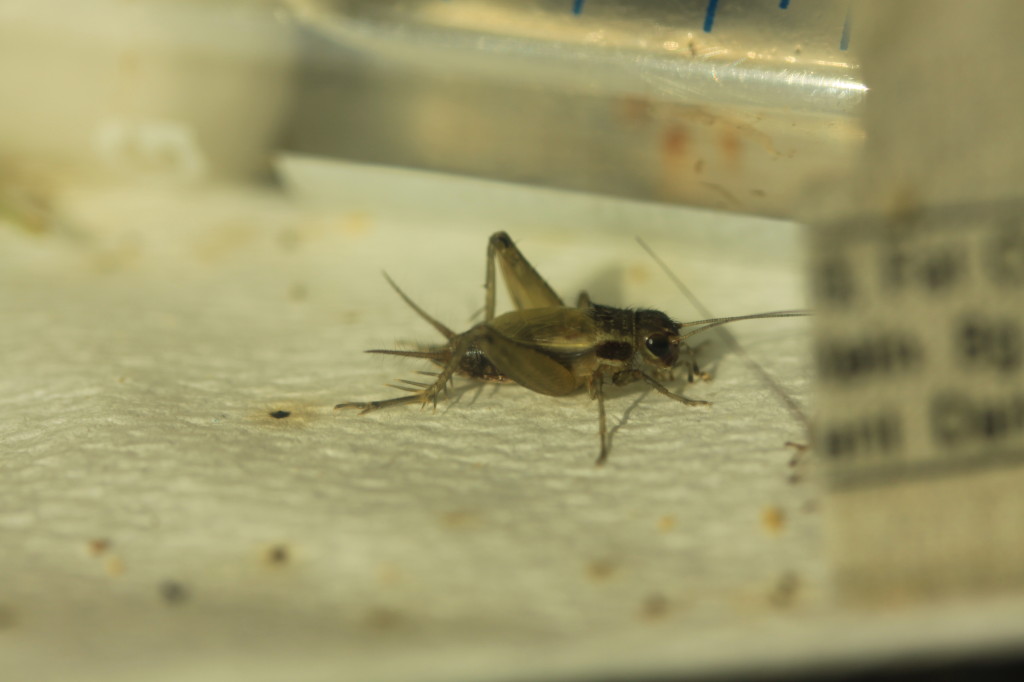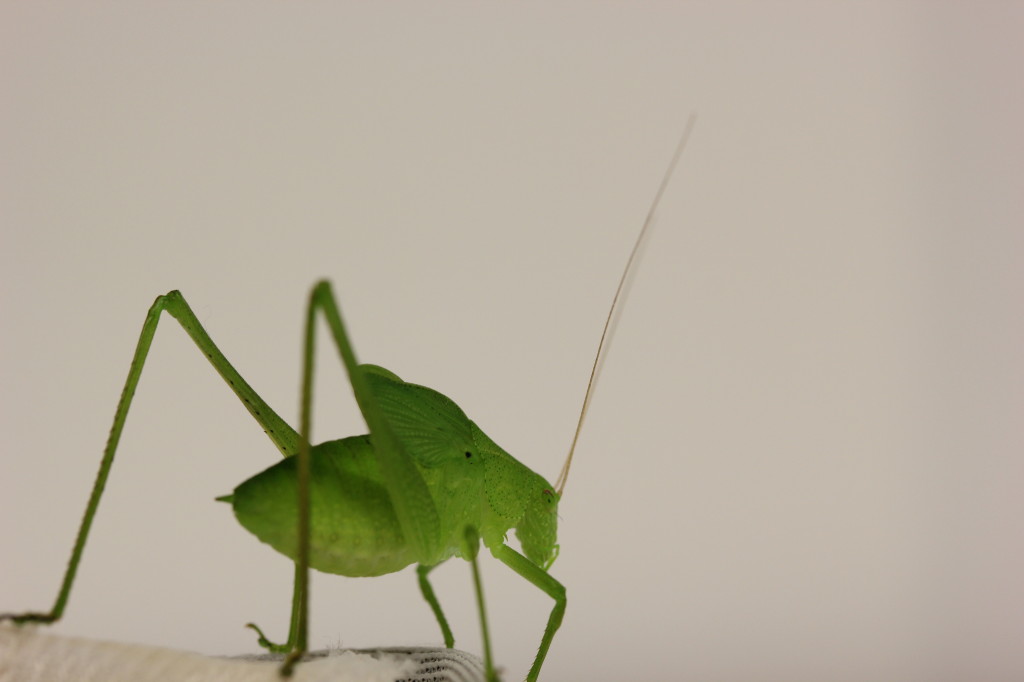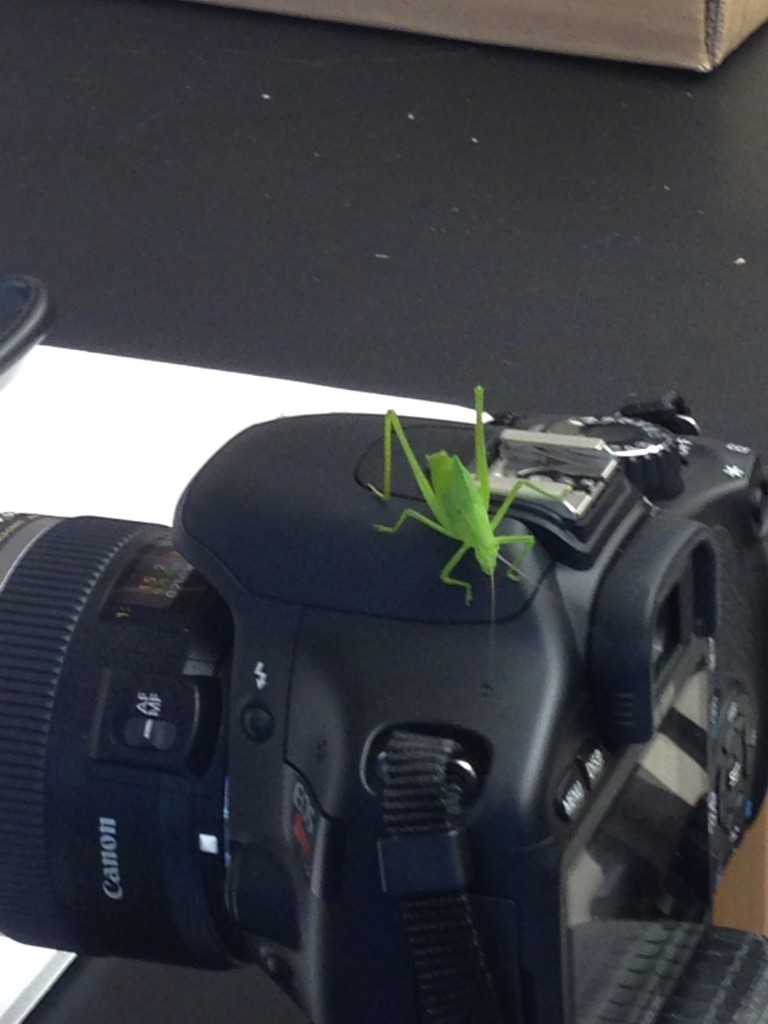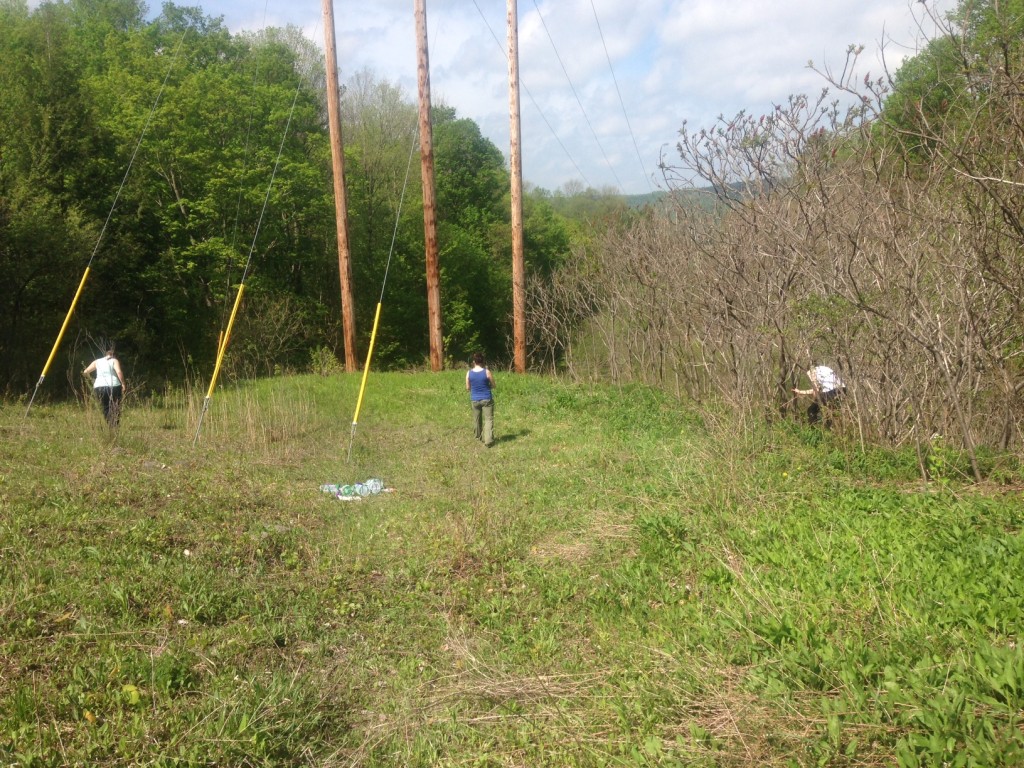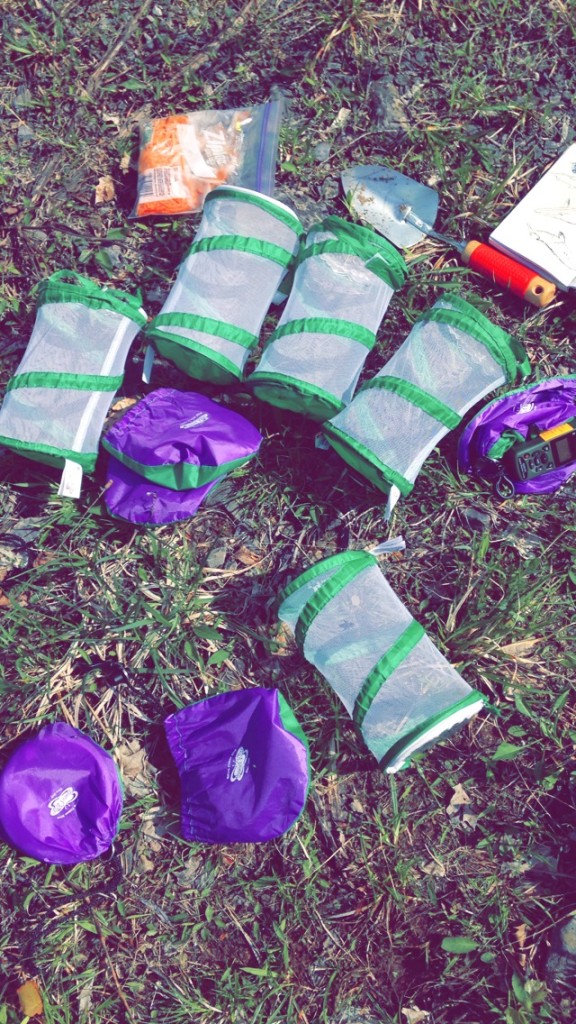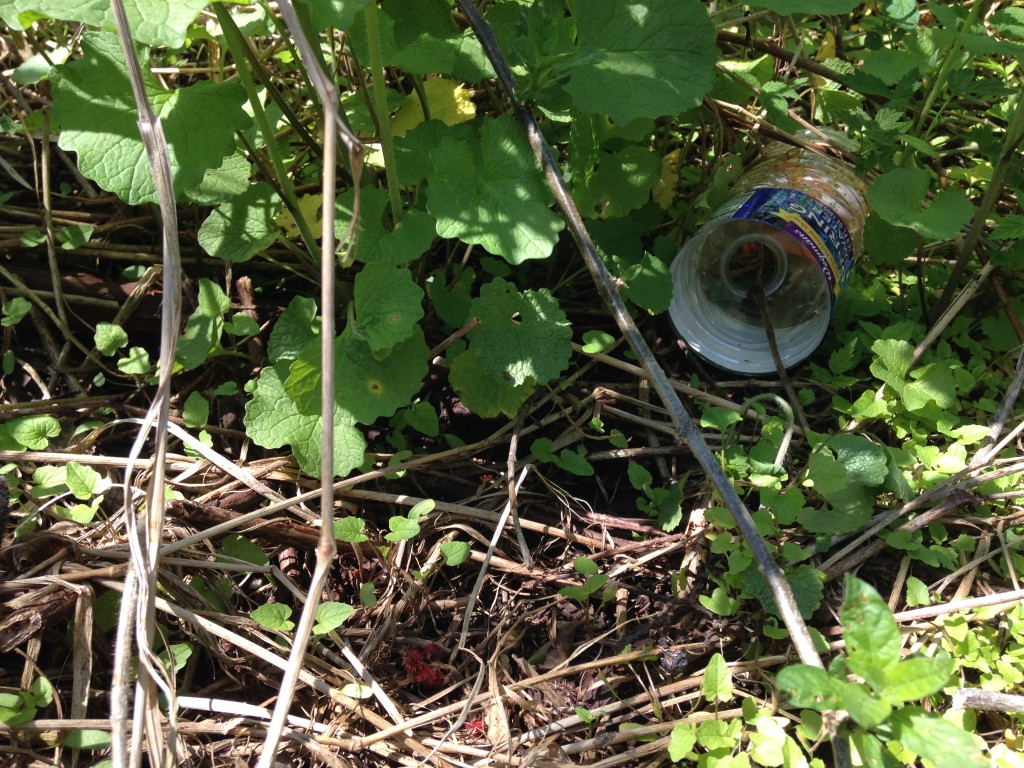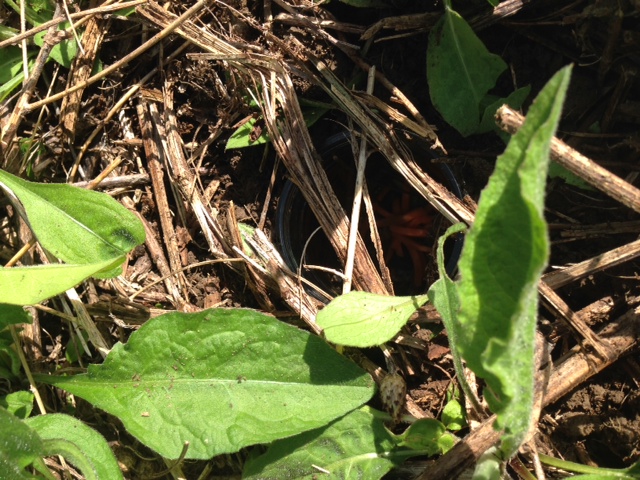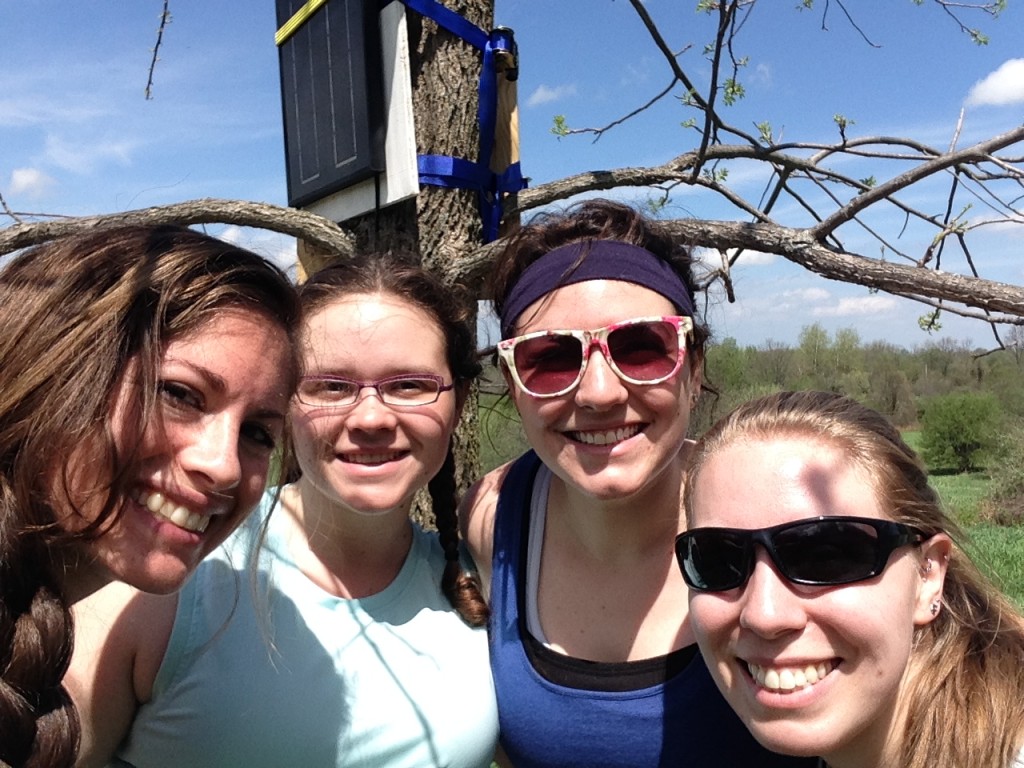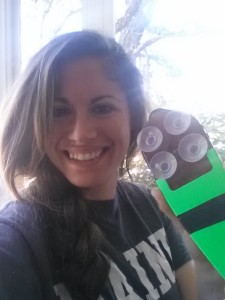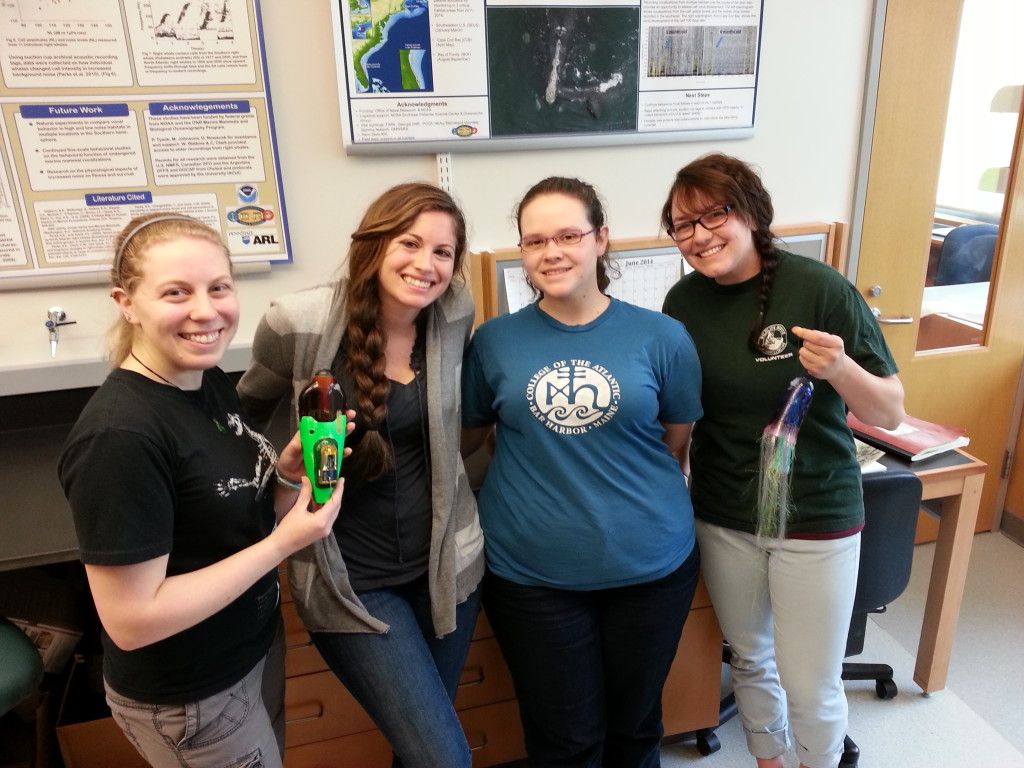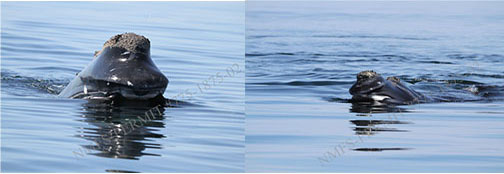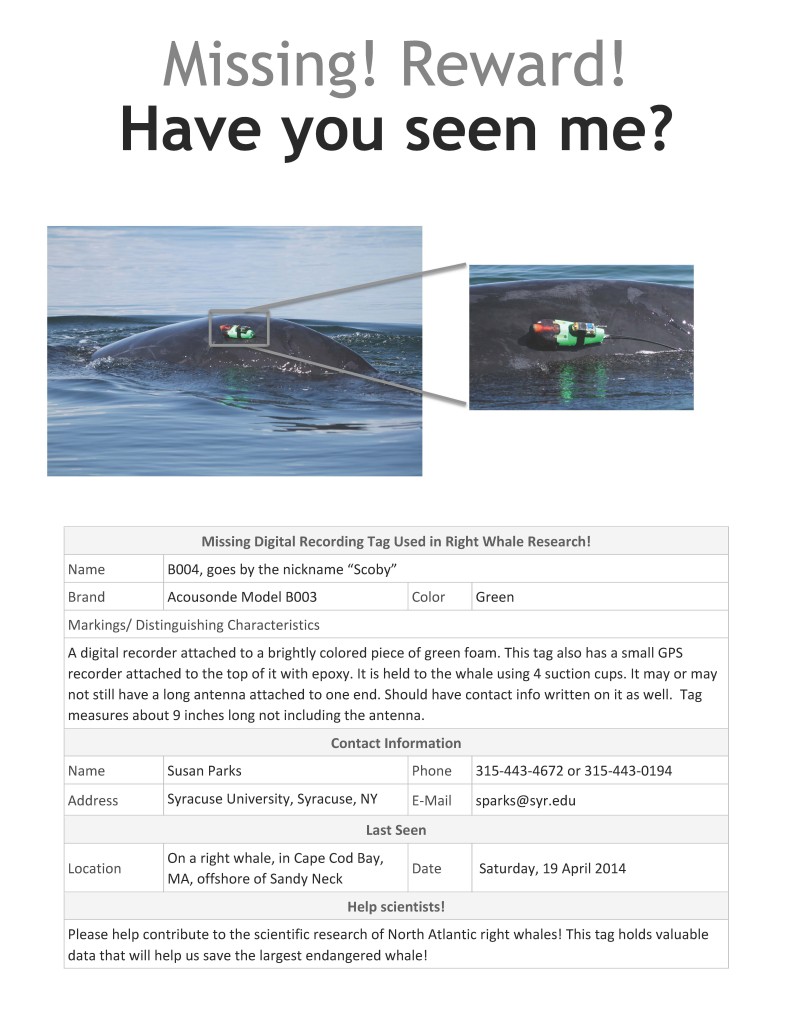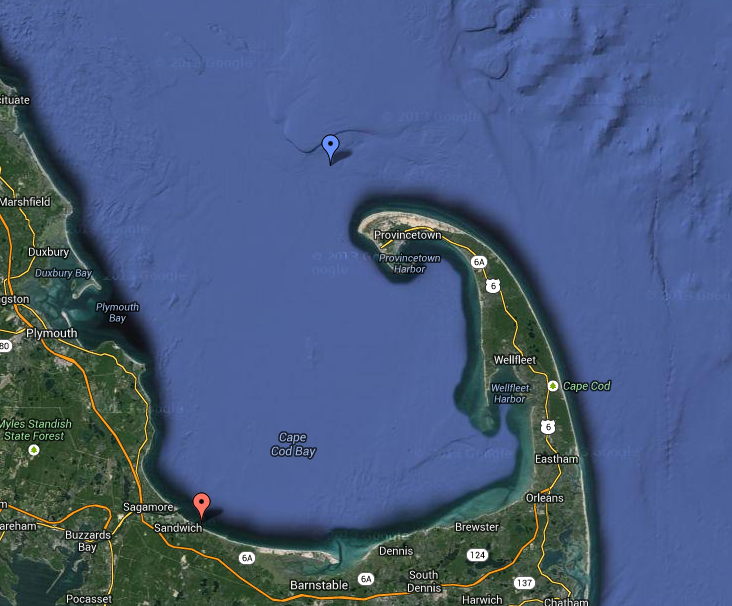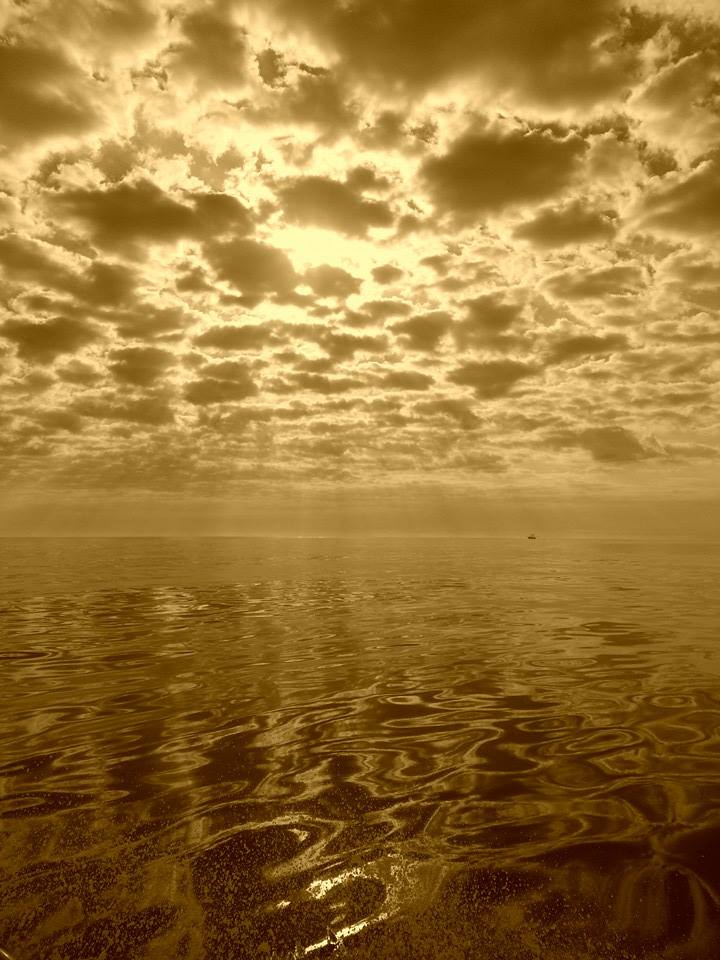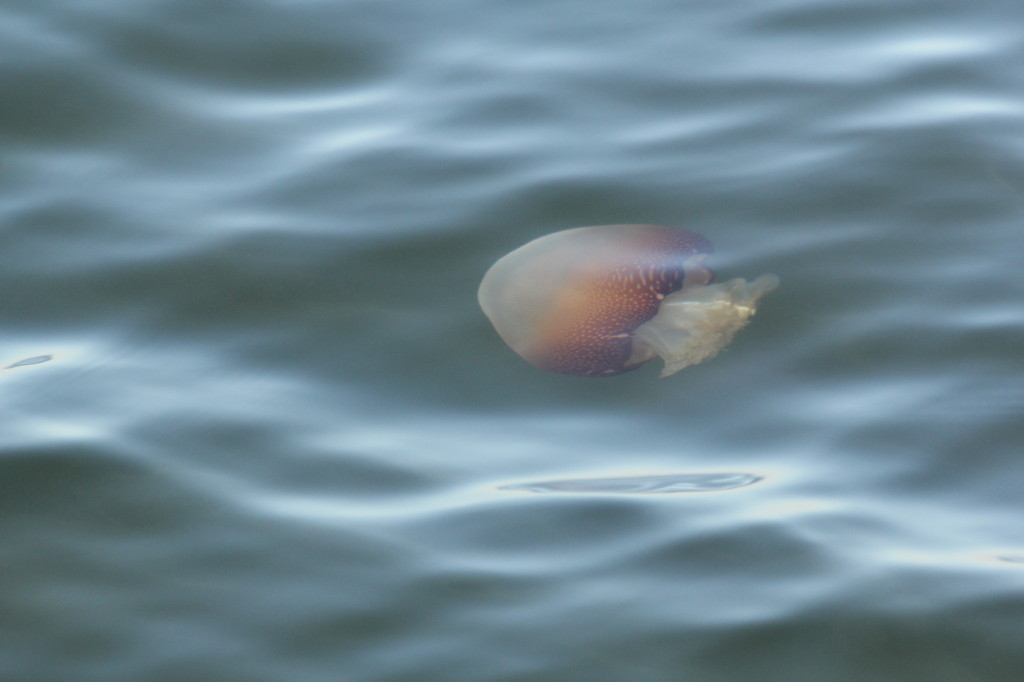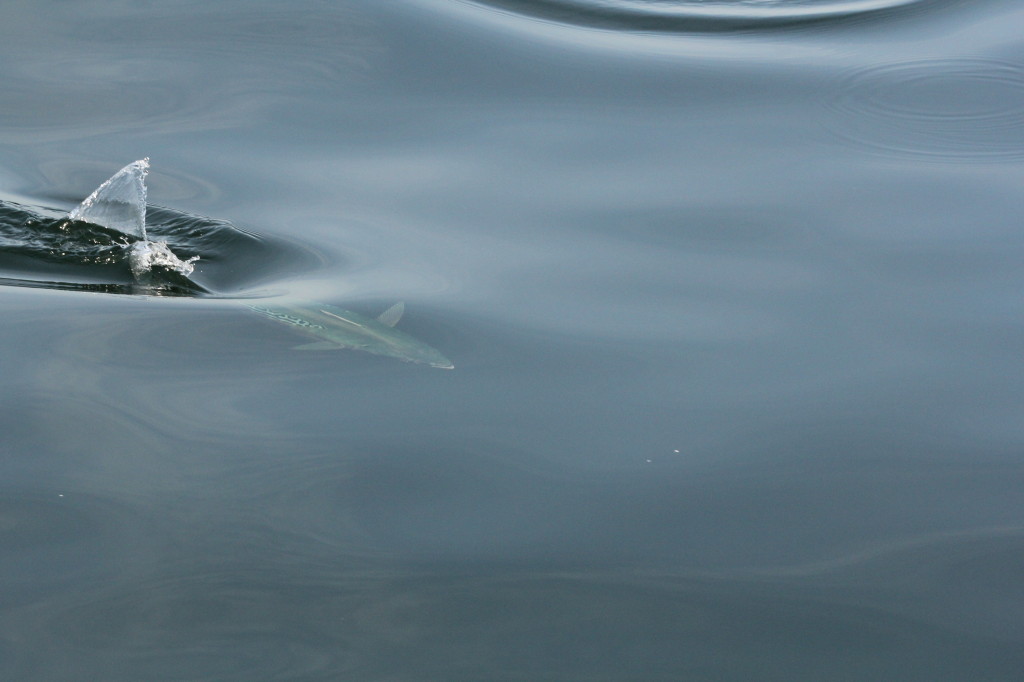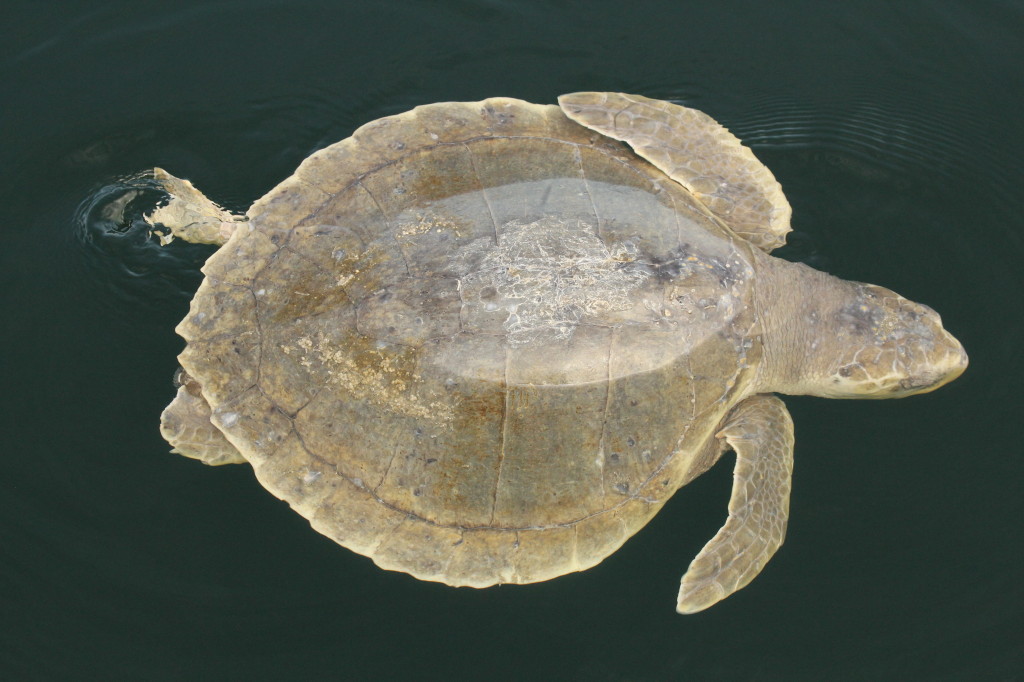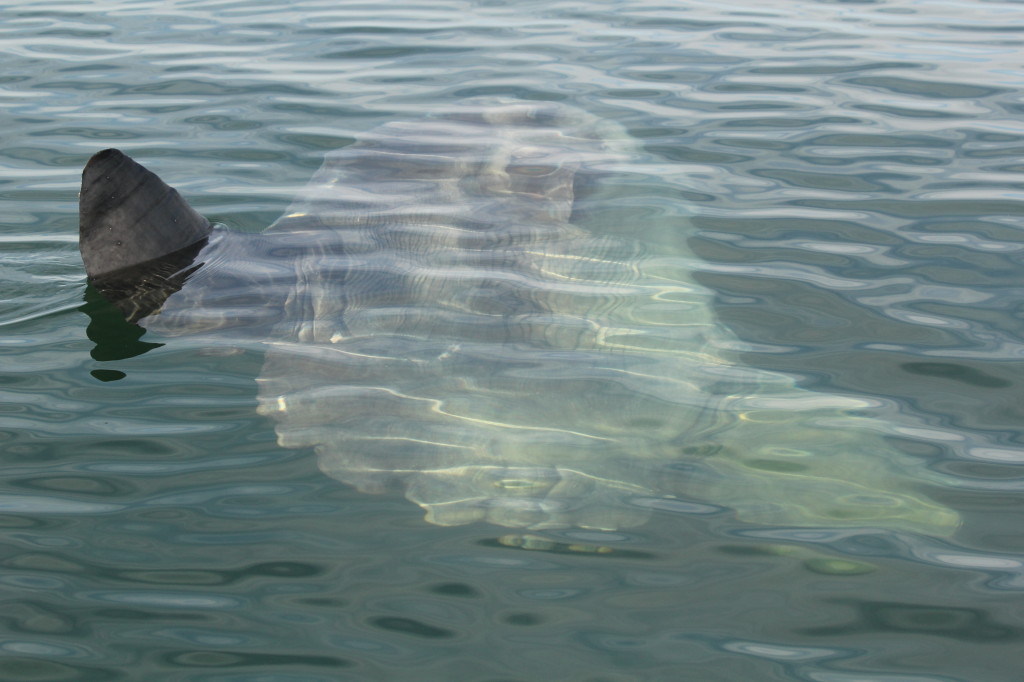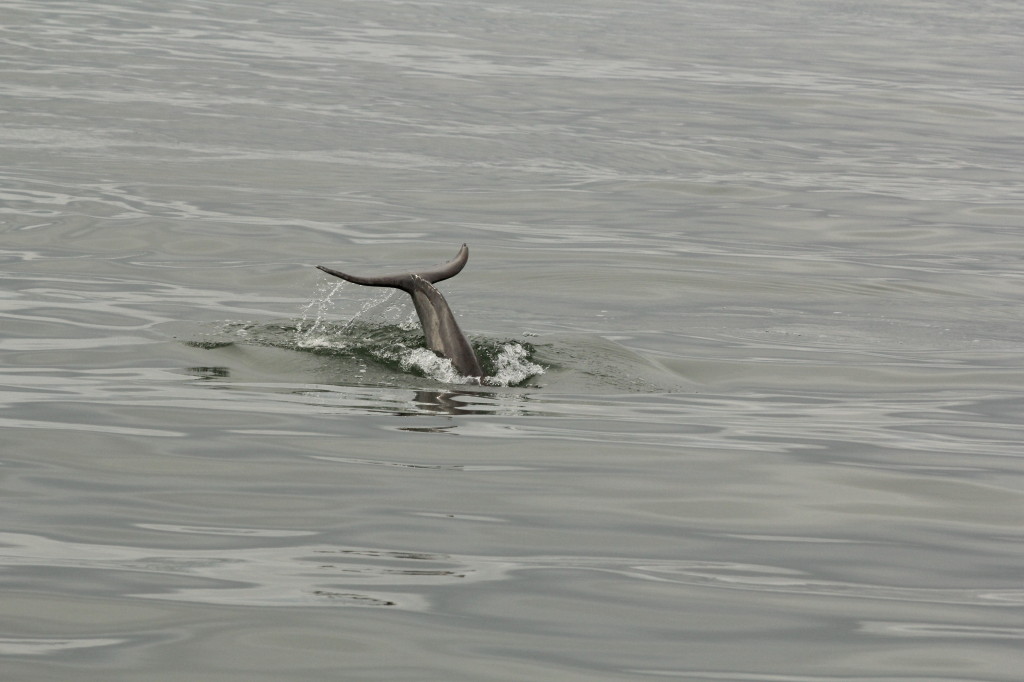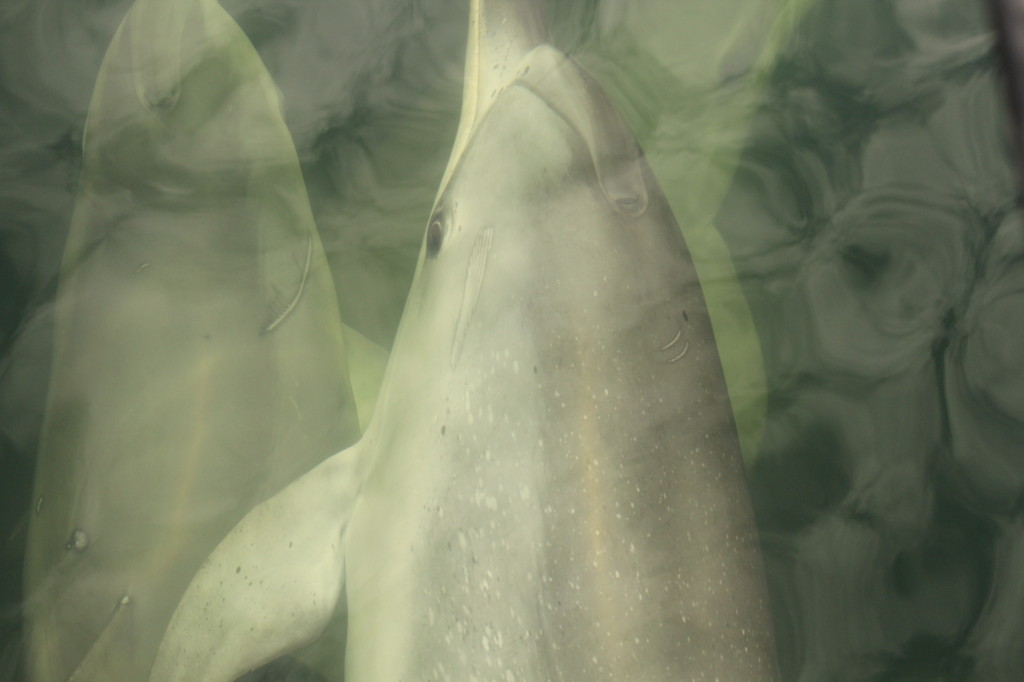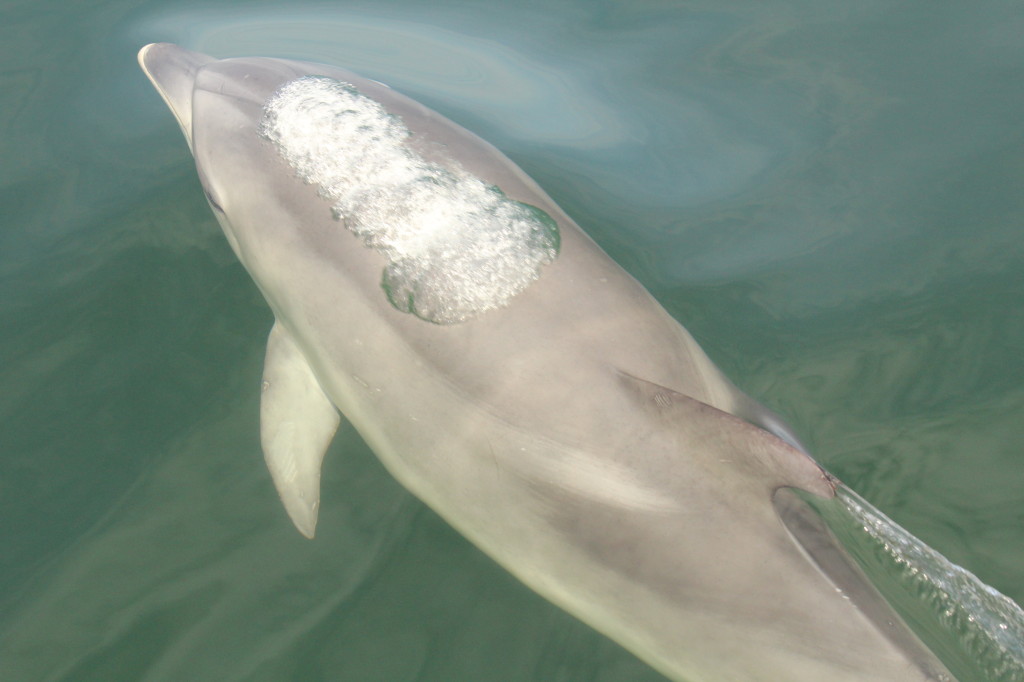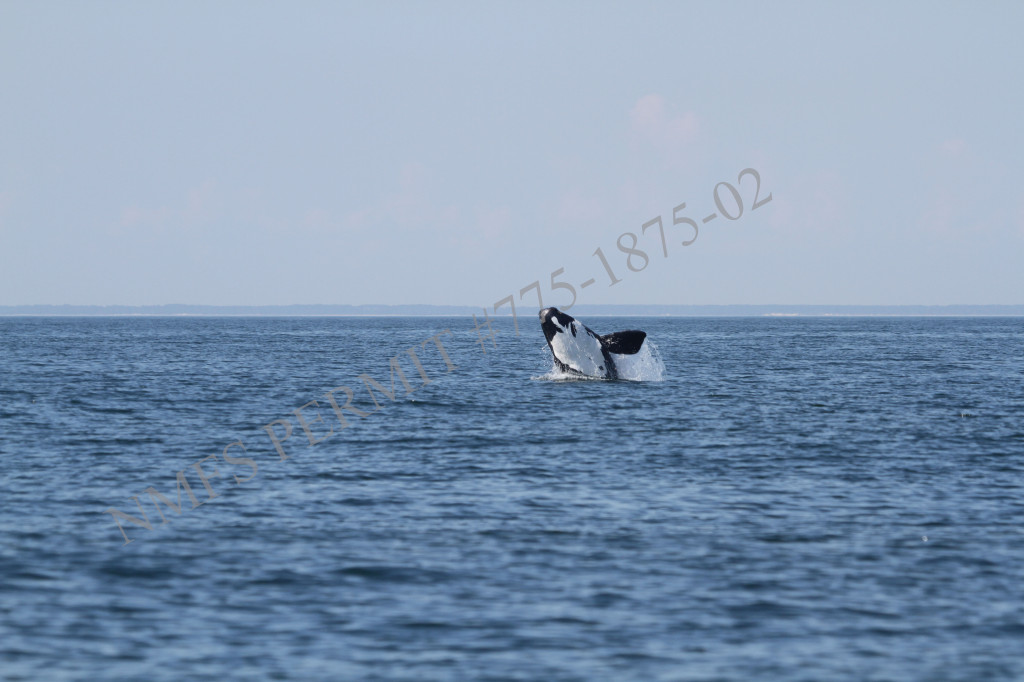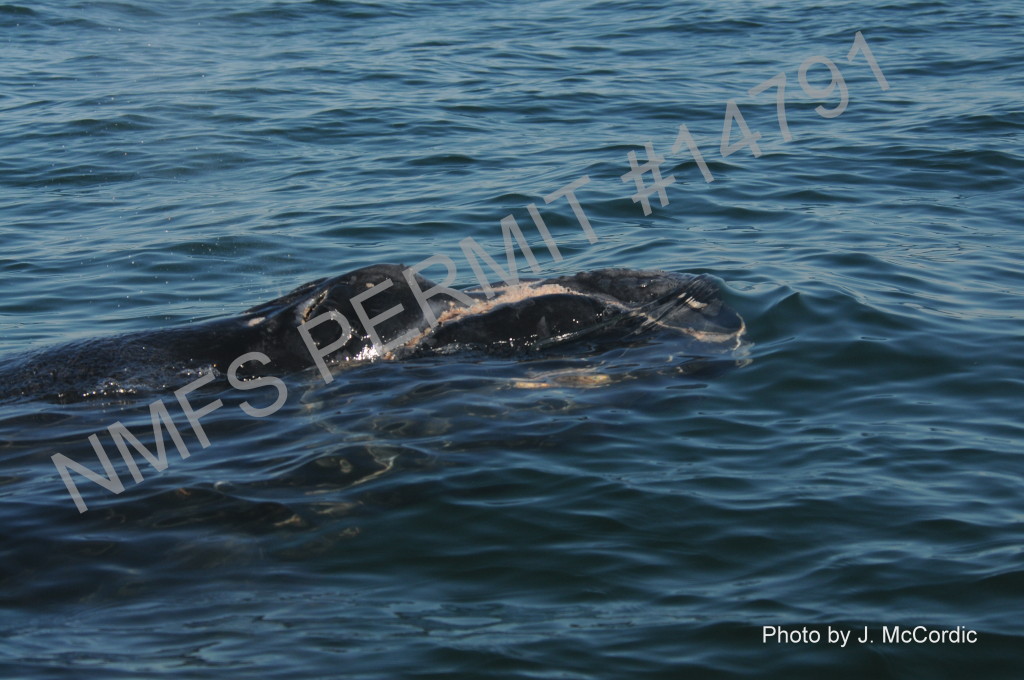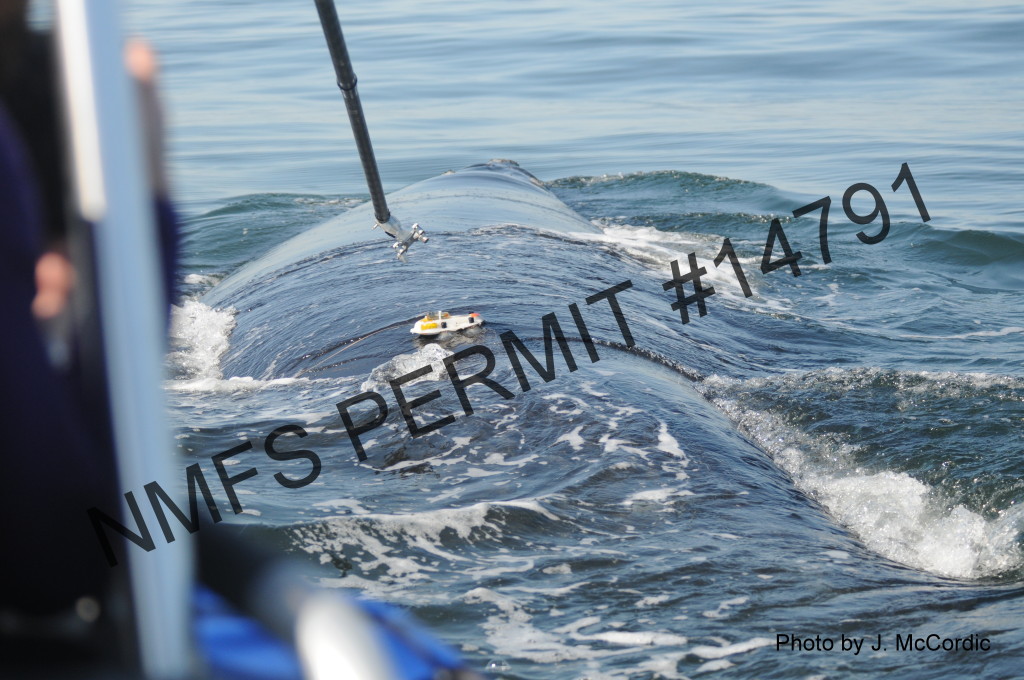Who knew insects could be so useful?
Last week, the Parks lab lent a hand to the Summer Science Institute held here in the Syracuse University Biology Department. This program introduces high school students to some of the ways science is done here at the university, using short lectures, demonstrations and hands-on activities. It’s a great way for the students to get some early exposure to science, and is also something they can put on college applications.
Until the past year most of the bioacoustics research done in our lab involved only marine mammals, which are large, require a lot of permits, and are not located in upstate New York. Read: not very amenable to hands-on high school-level activities. Luckily, since we’re smack in the middle of our second insect field season, we have over 100 acoustically-signaling katydids and crickets right here in the lab. Much more practical!
We started our program with some short talks on animal communication and insect diversity, followed by a game of “guess the insect.” This activity involved seven cardboard boxes hiding seven insects, which the students had to try to determine were either katydids or crickets just by the sound of their calls. When we lifted the boxes they seemed to get a kick out of examining the insects up close, and from a perspective not of “ew, a bug!” but as animals and research subjects.
Next we took them out to a nearby park to make their own recordings, both of any animals calling and the anthropogenic (human-generated) noise around them. The two girls I was chaperoning were tasked with recording anthropogenic noise, but after getting some good clips we started listening for animals as well (they wanted to find some crickets – who was I to deny them?). Instead, some of the other students called us over to an awesome find – two eclosing annual cicadas!
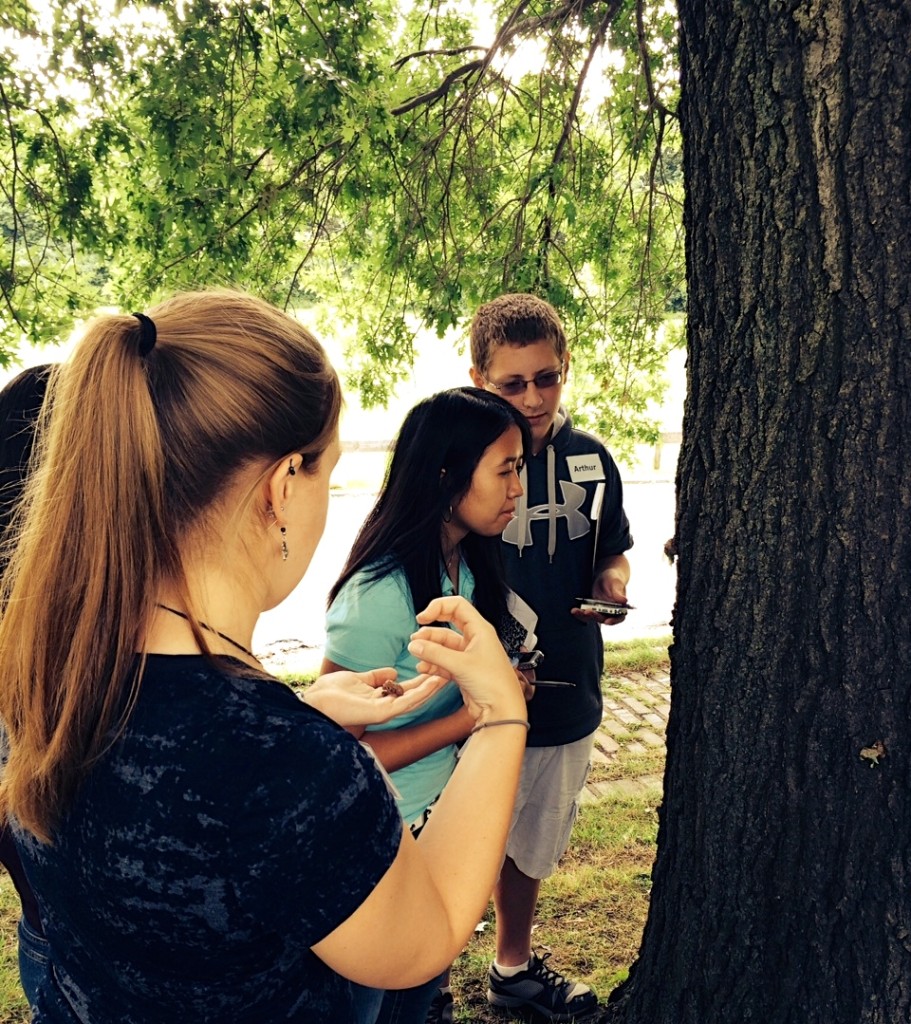

The students who crowded around the tree were clearly fascinated by the cicadas and their recently-vacated exoskeletons. They continued watching the eclosure process to its conclusion while I shared more cicada info. Molting cicadas come straight out of the back of their exoskeletons, and the students were concerned that they would fall out and onto the ground!
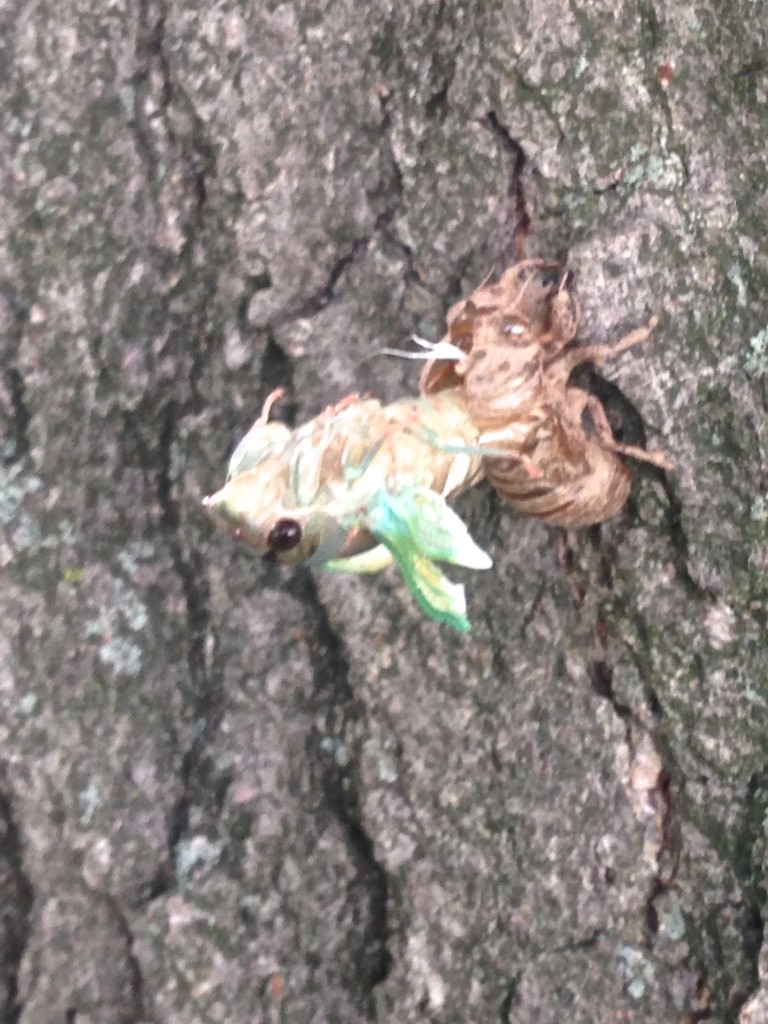
I pointed out the limp, curled wings of the cicada that was mid-molt (above) and compared it against the one who had completely emerged and straightened out its wings, allowing them to begin drying (below).

We found old molts on the ground and on the tree, and I passed them around so that the students could take home a souvenir.

Afterward, Jess compiled the students’ recordings and the next day they were able to see and measure the spectrograms of their recordings. You can see a couple of ambulance sirens at the bottom of this one.
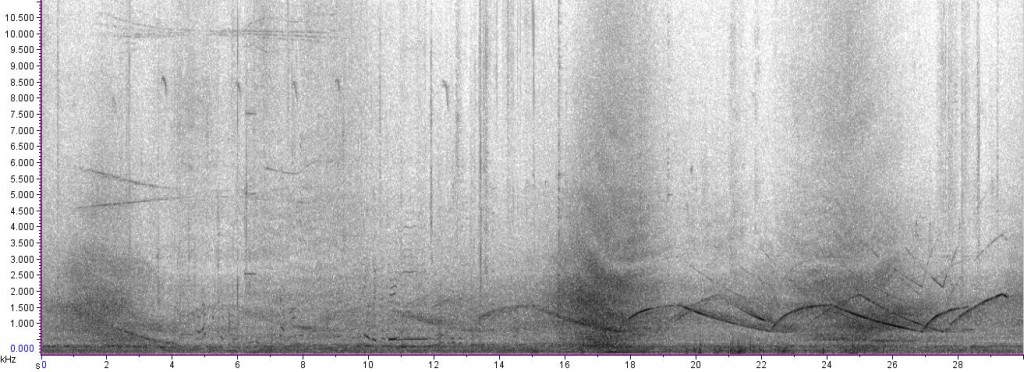
Overall the program seemed to be a success, and hopefully the students learned something new about insects and the world of bioacoustics!
Bonus: Here’s a video of the final emergence of one of the cicadas: Cicada Emergence
–Hannah
